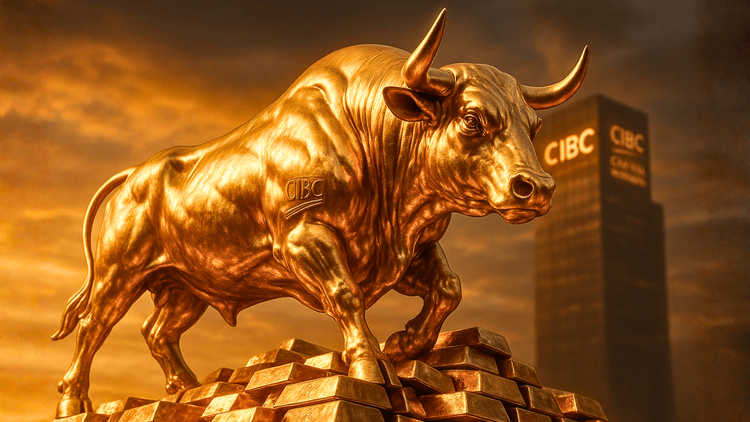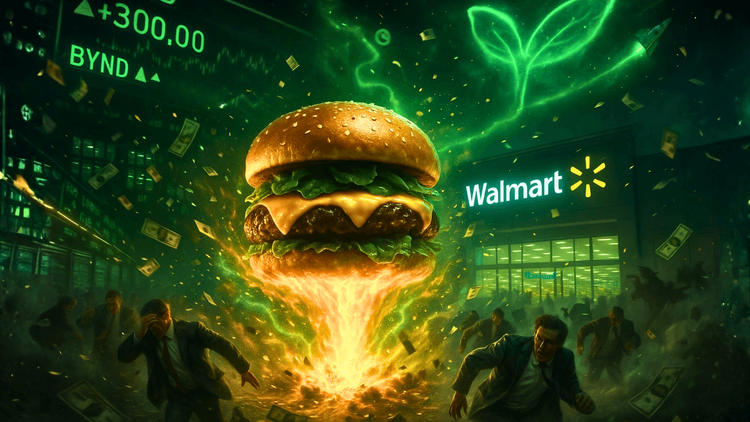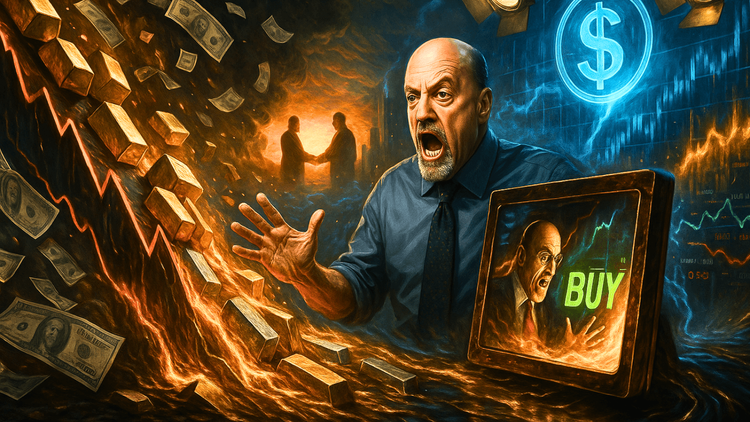CIBC Joins the Gold Bulls, Forecasting a Multi-Year Run Above US$4,500
CIBC predicts gold’s bull run is far from over, forecasting a $4,500 plateau through 2027 as inflation, politics, and global uncertainty ignite a modern gold rush.

Gold’s unstoppable run has entered a new era, with CIBC Capital Markets forecasting the metal to surge to US$4,500 per ounce by 2026 and remain elevated through 2027. Following a blistering 2025 rally that has seen bullion soar more than 50% year-to-date, analysts believe the world is witnessing not just a price cycle, but a paradigm shift in global trust and monetary stability.
The Gold Rush Reborn
In early October 2025, gold futures (COMEX: GC=F) broke through the US$4,000 per ounce barrier for the first time in history. It was more than a milestone—it was a signal. From retail investors to sovereign wealth funds, capital flooded toward the yellow metal as inflation fears, political turmoil, and monetary uncertainty converged.
According to Anita Soni, analyst at CIBC Capital Markets, the metal’s trajectory isn’t a fleeting trend. In her latest research note, Soni projected gold prices would rise to US$4,500 in 2026 and 2027, before easing slightly to US$4,250 in 2028 and US$4,000 by 2029. “We continue to expect a positive macroeconomic setup for gold,” she wrote, pointing to tariff uncertainty and the delayed effects of U.S. economic slowdowns as long-term bullish drivers.
Fed, Trump, and the Inflation Dilemma
Gold’s record-breaking ascent has come amid one of the most politically charged economic environments in decades. U.S. President Donald Trump’s renewed push for aggressive rate cuts appears to have swayed the Federal Reserve, led by Chair Jerome Powell, to act sooner than markets expected. Last month, the Fed delivered its first cut since December 2024—a move that CIBC says has shifted market expectations toward another 50 basis points of easing before year-end.
“Powell seemingly yielded to Trump’s will to cut rates sooner rather than later, despite sticky inflation,” Soni observed. The implication is clear: political pressure has begun to erode the Fed’s independence, and with it, market confidence in long-term price stability.
That erosion of faith has turbocharged gold’s rise. “The parabolic shift we’re seeing,” Soni added, “reflects not just rate cuts, but deep-seated fears about inflation and the preservation of wealth.”







